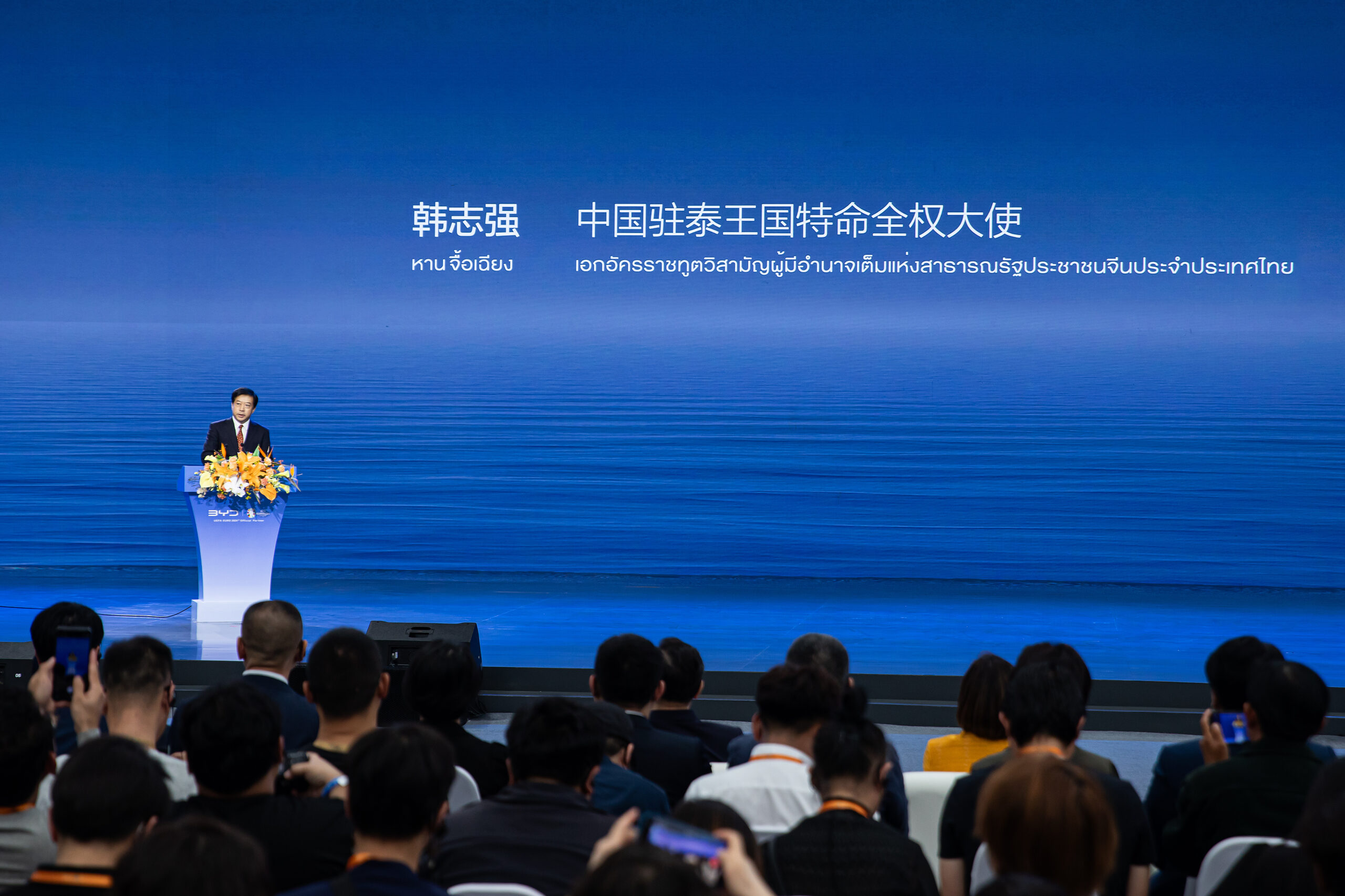Sign up for daily news updates from CleanTechnica on email. Or follow us on Google News!
The emerging field of agrivoltaics has come a long way in just a few years. From a focus on pollinator habitats and grazing lands, agrivoltaic stakeholders are expanding their ambitions to raise peaches, grapes, and other crops within arrays of ground-mounted solar panels. Whether or not that blows up the whole argument against rural solar development remains to be seen, but the alliance between farmers and solar stakeholders could swing the balance and help accelerate the renewable energy transition.
The Agrivoltaic Revolution Is Coming
The agrivoltaic movement goes hand in hand with the falling cost of solar panels. Solar technology was relatively expensive in the early 2000s. To cut maintenance costs, rural solar developers put down gravel and other no-mow solutions for groundcover under the panels. Raising crops was definitely out of the picture.
By 2011, though, the US Department of Agriculture was exploring a more holistic approach that embraces solar arrays under the umbrella of sustaining family-owned farms economically.
CleanTechnica also began taking note of the trend. In 2018, for example, researchers at Oregon State University made the case for combining solar panels with grazing lands for sheep. By 2019 the US Department of Energy was also beginning encourage farmers to install solar arrays that complement farming operations (see more “farm to lightbulb” background here).
Agrivoltaics Comes To A Peach Orchard
Thing have been moving swiftly since then. As of last year, researchers tallied up more than 2.8 gigawatts of installed solar capacity in the US that falls into the agrivoltaic category, primarily involving sheep grazing and pollinator habitats. Agrivoltaic arrays are also beginning to intersect with the regenerative agriculture movement, which draws on Indigenous methods for conserving and improving soil. Prairie restoration is also part of the mix.
Agrivoltaic technology is also beginning to branch out into human food crops, with an assist from the Biden administration. One recent example is a grant of $713,000 to the Colorado peach farm Talbott Farms. The grant is one of 473 projects in a massive, $100 million round of loans and grants funding through the USDA REAP program, covering a long (very long) list of various energy-related projects.
Saving The Family Farm, With Solar Panels
“The REAP program helps agricultural producers and rural small business owners expand their use of wind, solar, geothermal and small hydropower energy and make energy efficiency improvements,” the USDA explains. “These innovations help them increase their income, grow their businesses, address climate change and lower energy costs for American families.”
“These investments will cut energy costs for family farms and other businesses, increasing their resiliency and allowing them to invest back into their communities by creating new jobs and other opportunities,” USDA adds.
As reported by the Colorado news organization Daily Sentinel, the funds will cover the cost of a one-acre, 420-kilowatt agrivoltaic array on a peach orchard at the farm. That may sound like small potatoes, but in the context of a family farm, the difference is significant.
Daily Sentinel reporter Dan West notes that the new solar array will power the farm’s entire peach packing and processing operation. Talbott Farms also expects the zero emission electricity to be a “fringe benefit,” with the primary benefit of deploying the solar panels to protect the trees from hail and frost.
As is typical of agrivoltaic design, the panels will be raised farther off the ground than a conventional solar array, enabling equipment to ferry around the orchard. The panels also shift position to provide optimal light conditions for the trees.
Get Ready For An Agrivoltaic Revolution…
Hold on to your hats. West notes that the New York solar firm Jordan Energy is a partner in the project. Jordan Energy has the science-centered organization Western Growers Association and Dairy Farmers of America on its list of strategic partnerships, indicating the potential for widespread application in the US if the Talbott Farms project pans out.
Bifacial solar panels and other crop-friendly technologies are also expanding the field of opportunities for agrivoltaic development. That brings us to the Negev desert in Israel, where the emerging wine industry is keeping an eye on a new pilot project that deploys a two-axis racking system that suspends solar panels in a horizontal position over rows of grape vines, developed by the Israeli startup Agri-Light.
Normally, the horizontal position would block more sunlight than the typical solar array, in which solar panels are mounted at an angle. Agri-Light works around that with an algorithm-driven tracking system that shifts the position of the panels to optimize crop yields.
The Negev location is significant because it has become a sort of test bed for new agricultural technologies in challenging environments. Back in 2021 EuroNews reporter Marcello Rossi observed that new wineries have established themselves in Negev (Hebrew for “the dry”), even though it gets only about 10 centimeters (3.9 inches) of rain a year, with drastic temperature swings from day to night.
Rossi credits new water-conserving drip irrigation technology with attracting the interest of the wine industry beginning in 2014, which brings the Negev full circle to its ancient agricultural roots. “Viticulture in the region dates back millennia,” he observes. “The Nabateans – a nomadic tribe that lived in the Negev area about 2,500 years ago – built terraces and small stone dams to divert water that fell during rare downpours and would grow wine grapes.”
…Or Not, As The Case May Be
Today’s robust activity in the agrivoltaic field may not last long, at least not here in the US where the Republican party has already outlined plans for a wholesale takeover of the US government after Election Day this year.
It’s not a secret or anything. The whole plan is outlined under the mantle of “Project 2025,” the latest in an ongoing series of policy pronouncements put forth by the conservative organization Heritage Foundation. Project 2025 involves a wholesale rollback of the Biden administration’s climate action and energy transition policies, among other drastic measures.
Levi Tillemann, the VP for Policy and International Outreach at the US battery startup Ample, is among the clean tech industry leaders sounding the alarm. Tilleman has been digging into the the implications of Project 2025 on the energy transition for months on his LinkedIn page.
Mainstream media finally started paying attention just a couple of weeks ago, after Black Entertainment Network awards host Taraji P. Henson looked straight into the camera with a five-alarm warning.
“Pay attention. It’s not a secret: Look it up…The Project 2025 plan is not a game. Look it up!” she urged.
That’s not such a hard thing to do. Project 2025 is available for view online in pdf form as part of the Heritage Foundation’s “Mandate for Leadership” series, or you can kick out for the 922-page book.
Follow me via LinkTree, or @tinamcasey on Threads, LinkedIn, and Instagram.
Image: A high tech agrivoltaic tracking system uses an algorithm to shift horizontal solar panels over grape vines, promoting crop growth while harvesting solar energy, too (courtesy of Agri-Light).
Have a tip for CleanTechnica? Want to advertise? Want to suggest a guest for our CleanTech Talk podcast? Contact us here.
Latest CleanTechnica.TV Videos
CleanTechnica uses affiliate links. See our policy here.
CleanTechnica’s Comment Policy



